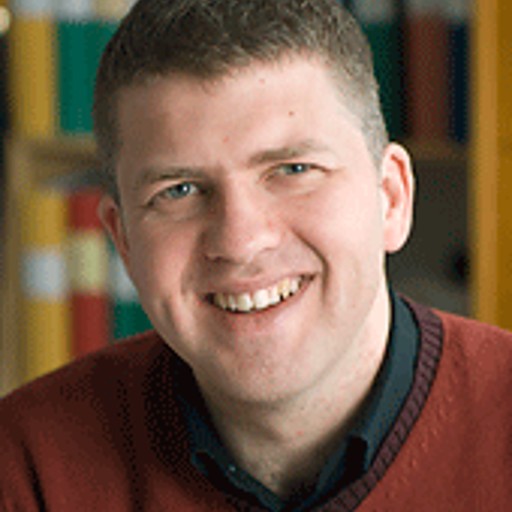The course syllabus contains changes
See changesCourse syllabus adopted 2023-02-16 by Head of Programme (or corresponding).
Overview
- Swedish nameElektromagnetisk miljö, hälsa och kompatibilitet
- CodeEEN230
- Credits7.5 Credits
- OwnerTKMED
- Education cycleFirst-cycle
- Main field of studyBiomedical engineering
- ThemeEnvironment 7.5 c
- DepartmentELECTRICAL ENGINEERING
- GradingTH - Pass with distinction (5), Pass with credit (4), Pass (3), Fail
Course round 1
- Teaching language Swedish
- Application code 73123
- Block schedule
- Open for exchange studentsNo
- Only students with the course round in the programme overview.
Credit distribution
Module | Sp1 | Sp2 | Sp3 | Sp4 | Summer | Not Sp | Examination dates |
|---|---|---|---|---|---|---|---|
| 0123 Project 1.5 c Grading: UG | 1.5 c | ||||||
| 0223 Examination 6 c Grading: TH | 6 c |
|
In programmes
- TKAUT - AUTOMATION AND MECHATRONICS ENGINEERING, Year 3 (elective)
- TKELT - ELECTRICAL ENGINEERING, Year 3 (compulsory elective)
- TKMED - BIOMEDICAL ENGINEERING, Year 3 (compulsory)
Examiner
 Thomas Rylander
Thomas Rylander- Head of Unit, Signal Processing and Biomedical Engineering, Electrical Engineering
Eligibility
General entry requirements for bachelor's level (first cycle)Applicants enrolled in a programme at Chalmers where the course is included in the study programme are exempted from fulfilling the requirements above.
Specific entry requirements
The same as for the programme that owns the course.Applicants enrolled in a programme at Chalmers where the course is included in the study programme are exempted from fulfilling the requirements above.
Course specific prerequisites
Linear algebra, Single variable analysis, Multivariable analysis, Linear systems and transforms, Electrical circuits.Aim
A large-scale electrification of the energy system, the transport sector and the society in general is of crucial importance for the environment and a sustainable development. In parallel with this development, there is an on-going and profound digitalization in many areas of society where the healthcare sector involves many applications that are very sensitive to disturbances and safety critical. The new electrotechnical equipment that is required for a successful and ubiquitous electrification has of course an impact on the environment in general and, specifically, it implies substantial and often neglected changes in the electromagnetic environment, where concepts such as electromagnetic smog is used. To contribute to a sustainable development, it is necessary that the electrotechnical equipment fulfills legal regulations and requirements with respect to e.g. emissions and immunity. The aim of this course is to give the students a basic understanding of the electromagnetic environment and its main constituents as well as how they influence each other, where the medical impact on humans health is also considered. The course also provides an orientation with respect to the legal regulations and requirements that must be fulfilled, among other things with respect to an acceptable working environment and the corresponding environmental requirements that apply to the general public. Finally, the course aims to provide the participants with knowledge about tools for the fundamental analysis and design of electrotechnical equipment that is necessary to enable a sustainable development. These tools consist of basic analytical methods in combination with commercial software and established measurement methods, where the tools combined give insight in the technological possibilities and limitations.Learning outcomes (after completion of the course the student should be able to)
- Define environment and sustainable development together with illustrations of its meaning with a particular focus on electrotechnical equipment and electromagnetic fields.- Describe the electromagnetic spectrum and categorize electromagnetic problems as static, quasi-static and dynamic.
- Give examples on important sources, victims and coupling paths for electromagnetic disturbances.
- Account for biological effects and risks caused by electromagnetic fields and radiation.
- Account for legal regulations and requirements in combination with the ability to use them for the analysis and design of electrotechnical systems, where working environment is an important area of application.
- Analyze and design systems with the aid of its electromagnetic topology such that these fulfill different system requirements based on legal regulations and requirements.
- Make fundamental choices on methods for the analysis of electrotechnical equipment based on basic analytical results and commercial software.
- Make fundamental choices on measurement methods to test electrotechnical equipment.
Content
The course consists of four parts
- Biological effects on humans given low-frequency magnetic fields, high-frequency electromagnetic fields and ionizing radiation.
- Legal regulations and requirements in different contexts: international, EU, national and local.
- Analysis, design and testing of electrotechnical equipment with focus on the electromagnetic environment. The methods are based on both theory and experiment. Concepts such as electromagnetic topology and zones are central in this work.
Organisation
The course consists of lectures, tutorials, projects and optional hand-in assignments.Literature
TBDExamination including compulsory elements
Written examination and project report.The course examiner may assess individual students in other ways than what is stated above if there are special reasons for doing so, for example if a student has a decision from Chalmers about disability study support.
The course syllabus contains changes
- Changes to course rounds:
- 2023-11-23: Block Block changed from B to B+ by Thomas Rylander
[Course round 1] - 2023-11-23: Block Block changed from C to B by Thomas Rylander
[Course round 1] - 2023-11-02: Block Block C added by Schemagruppen
[Course round 1]
- 2023-11-23: Block Block changed from B to B+ by Thomas Rylander